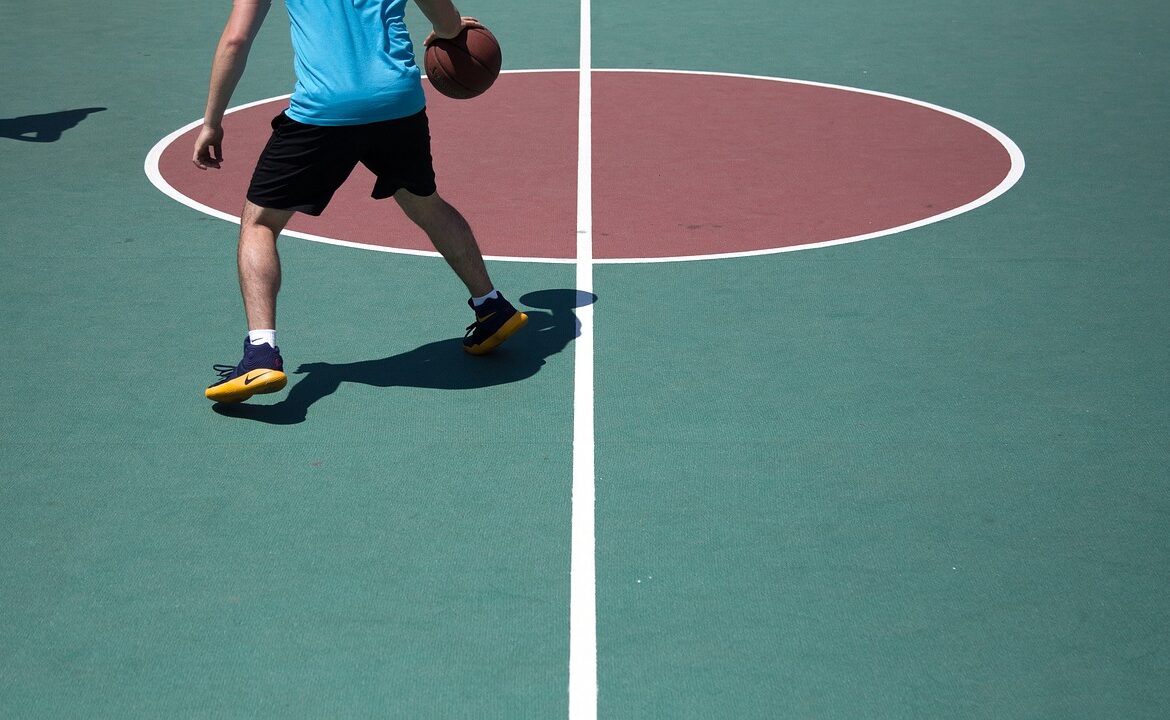What is Jumper’s Knee?
Another term for this all too common diagnosis is “patellar tendonitis.” The patellar tendon runs from the kneecap (patella) to the shin bone (tibia). When this tendon becomes inflamed/irritated, the individual most often experiences tenderness and pain just underneath or below the kneecap most commonly with high impact activities, stairs, and/or squatting. At times, the pain can be felt even at rest, depending on the severity of the injury. Jumper’s knee is an overuse injury, and most often occurs in individuals making a lot of high impacts (e.g., jumping), running or squatting. It is essential when the injury is in the acute stages to alter activity and not push through the pain to avoid permanent damage to the tendon.
What do I do if I think I have Jumper’s Knee?
When first experiencing symptoms, it is essential to decrease or change the activity that causes pain. Rest, ice and pain-free activity is a critical part early on in the diagnosis to avoid further damage. It is critical to allow irritation and inflammation to decrease to allow the patellar tendon to heal properly. Pain should be the guide for this diagnosis. If you can perform a certain activity without increased pain during or after the activity, you can continue to do this activity. However, if you continue to perform activities resulting in pain during or after the activity, you are prolonging the recovery time for the injury and potentially making the injury worse. Let pain/soreness be your guide!
What can Physical Therapy do to help?
Initially, the focus of physical therapy is to help reduce inflammation, irritation, and pain levels as well as to help guide the individual in regard to which activities to avoid, as well as which exercises/activities can be helpful. Proper strength, stretch, and mobility exercises will be implemented to promote healing. If you think or know you are suffering from Jumper’s knee, seeing a physical therapist can be important in your healing process.

